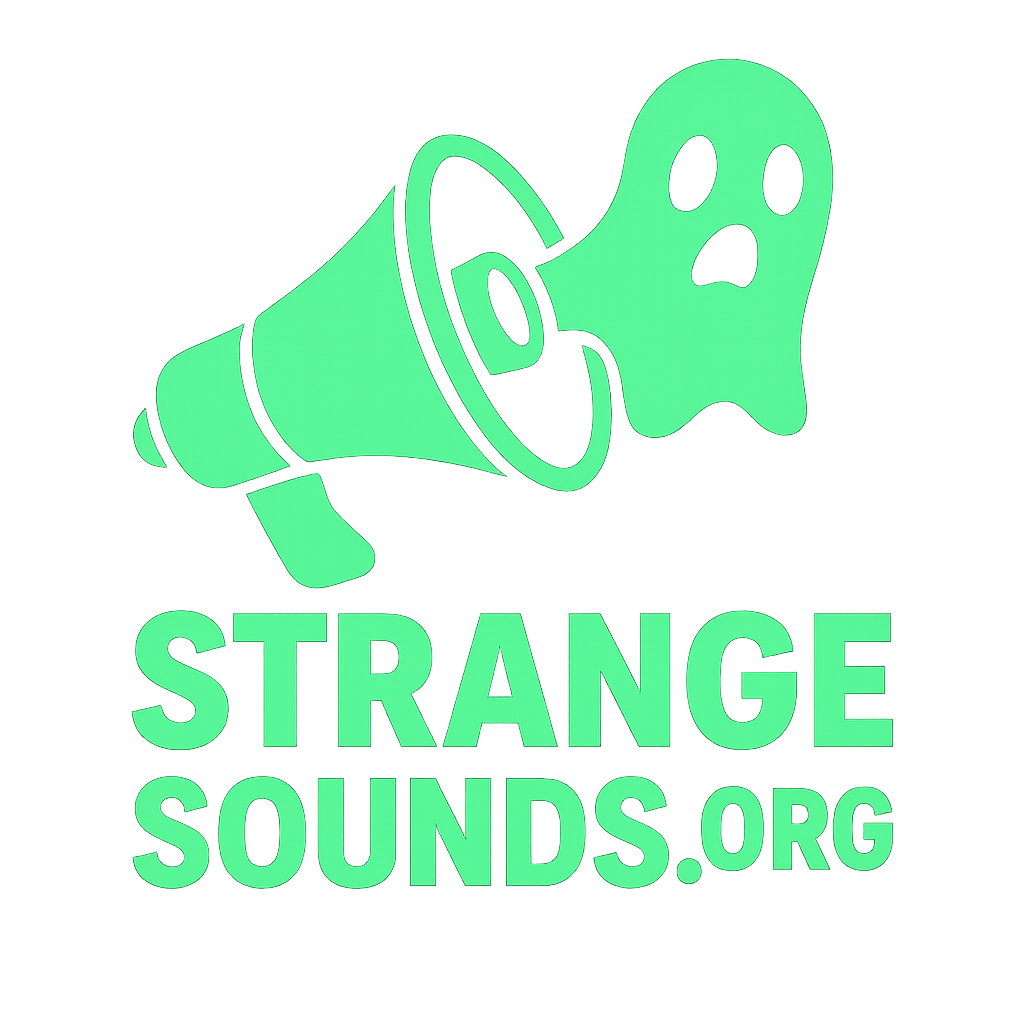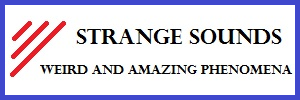
Ah, the death rattle. Just the name alone sounds like it could be the title of a bad heavy metal band from 1987—or a limited-edition Halloween energy drink. But no, it’s not an album, not a drink, and not a TikTok dance challenge (yet). It’s that eerie, wet, gurgling, bone-chilling noise that sneaks into the room when someone is knocking on death’s door… and not politely.
Welcome to the symphony of your exit, the moist little soundtrack to your one-way trip off the stage of life.
So, What Exactly Is the Death Rattle?
The death rattle is basically the creepy background noise your body makes when you can no longer swallow or cough. Imagine you’ve become the world’s worst ASMR streamer, broadcasting moist throat noises directly from the underworld.
Medically speaking, it’s caused when air squeezes its way through a swamp of secretions that have decided to set up camp in your throat and lungs. Think of it as your body’s way of saying:
“Congratulations, you have now unlocked Final Boss: Mucus Edition.”
And yes—it happens a lot. Studies suggest the death rattle shows up in 23% to 92% of dying people. (Which is a hilariously wide range, by the way. Imagine weather forecasts like that: “Today’s chance of rain: anywhere between 23% and 92%. Good luck!”)…
What Does the Death Rattle Sound Like?
Oh, glad you asked. It’s not just one noise—it’s a full remix of disturbing audio effects:
- The Gurgle – like someone drowning in a bubble tea.
- The Wet Crackle – as if you just poured milk onto Rice Krispies, except instead of breakfast, it’s your eternal rest.
- The Moan – a ghostly, soft wheeze that makes horror movies seem underproduced.
- The Choke – yes, sometimes it sounds like the person is being strangled by an invisible hand.
Fun fact: doctors say the person making the noise is not aware of it. So while your family members are standing around the bed looking traumatized, you’re peacefully zoned out, blissfully unaware that you’re basically hosting a haunted house soundtrack.
How Long Does the Death Rattle Last Before Death?
Not long. On average, 23 hours. That’s right, once the rattling kicks in, the final curtain is almost ready to drop.
The death rattle doesn’t mean the person is in pain—it’s mostly just distressing for everyone else in the room. Picture sitting next to Grandma, who suddenly sounds like Darth Vader trying to gargle soup. Comforting? Not exactly.
Fun and Weird Facts About the Death Rattle
- Victorian ghost hunters sometimes mistook the death rattle for a sign of “spirits leaving the body.” Which, in their defense, makes sense—because it really does sound like a poltergeist trying to crawl up your windpipe.
- In ancient Rome, relatives believed the rattle meant the dying person was being claimed by Mercury, the god of souls. So while you’re gasping out your last bubbly breath, somewhere in Roman heaven Mercury was like: “Yep, mine now.”
- Hospice nurses sometimes joke (dark humor alert) that the death rattle is like the body’s last attempt at speaking… except it forgot how language works and is just gargling vowels.
- There are recorded cases of families swearing the rattle “spoke words.” (Spoiler: it didn’t. That’s just human brains doing their favorite trick: finding creepy patterns in disturbing noises. Thanks, evolution.)
Can the Death Rattle Be Stopped?
Technically, yes. Doctors can sometimes reduce it with medications that dry up secretions, like atropine or scopolamine. They can also reposition the person or suction the fluids—though that’s less “comfort care” and more “vacuuming your great-uncle’s windpipe.”
But here’s the kicker: none of this changes the outcome. The Grim Reaper doesn’t go home just because you silenced his backing track. He’s already tuned up the scythe.
Death Rattle in Pop Culture
Believe it or not, the death rattle has made cameos in literature and film:
- In Shakespeare’s plays, characters sometimes reference “the rattle” to foreshadow imminent death.
- Horror directors love the sound because it’s free nightmare fuel. That choking, watery gasp? Instant spine-tingler.
- There’s even an episode of House M.D. where the doctors argue about the meaning of a patient’s rattling breath, proving once again that TV medicine is mostly dramatic arguments with occasional syringes.
So, Should You Fear the Death Rattle?
Not really. The dying person usually isn’t aware. But for everyone else, it’s… let’s say… a haunting experience you’ll never get out of your head.
Think of it as nature’s way of reminding you that you should’ve invested in noise-canceling headphones before visiting Grandpa in hospice.
The Rattle is Real, Folks
The death rattle is one of life’s most disturbing soundtracks—wet, eerie, and guaranteed to ruin dinner parties if you bring it up. But it’s also natural, universal, and a weirdly fascinating phenomenon.
So the next time you hear it (hopefully much, much later in your life), just remember: it’s not suffering—it’s biology’s last weird noise before silence.
Until then, subscribe for FREE to my newsletter for more strange, creepy, and occasionally hilarious deep dives into the bizarre mysteries of existence. Because hey—why wait until the death rattle to get spooked?












